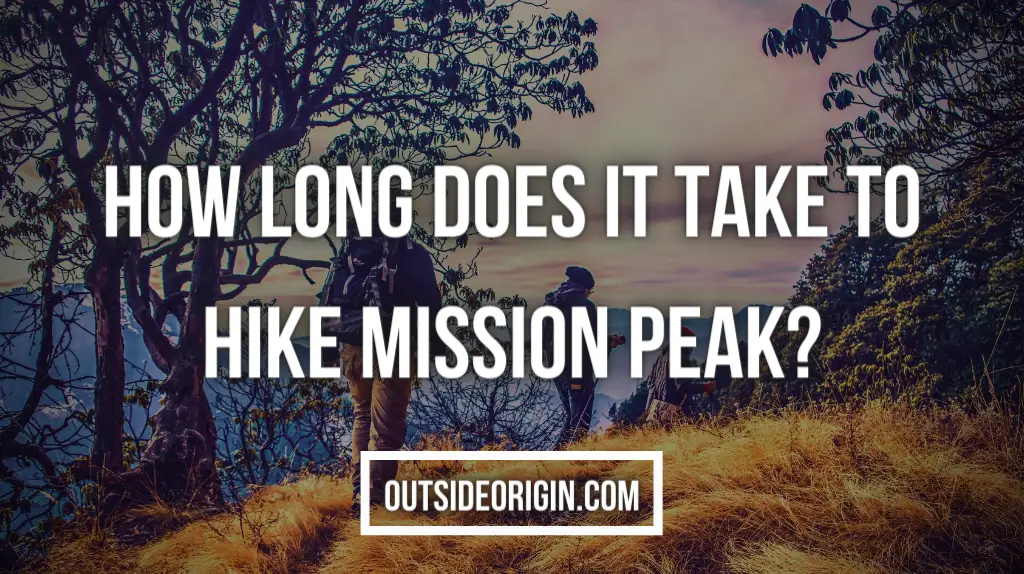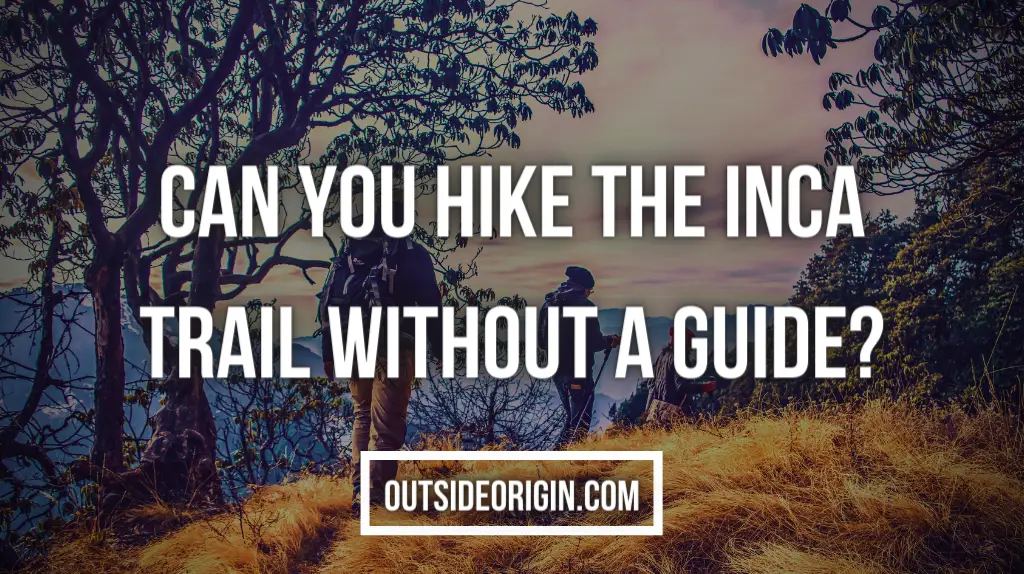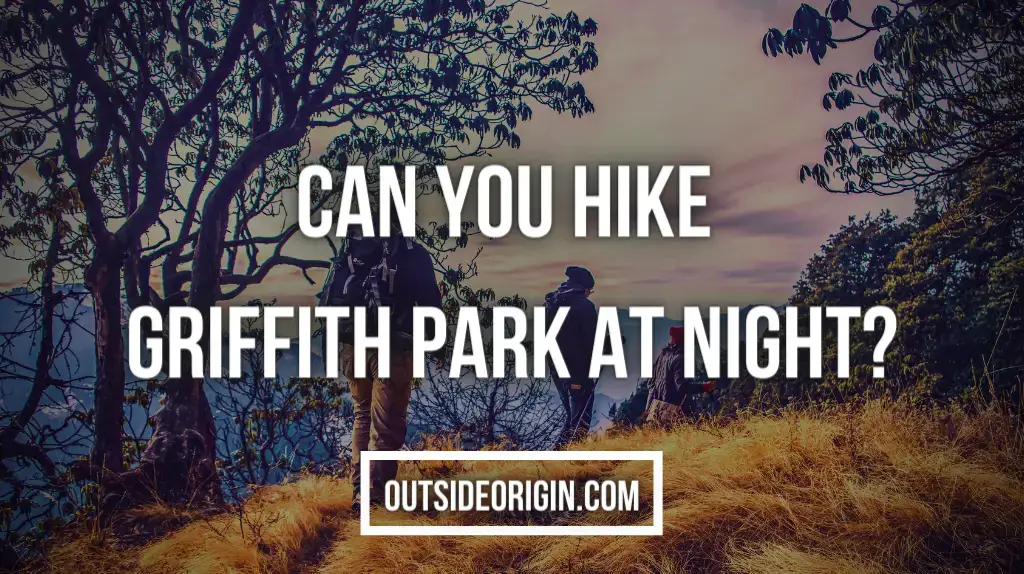There is a lot of incredible hiking in and around San Francisco where you will find a summit that attracts a steady stream of hikers year after year. Many are motivated by the challenging climb to the top and others just love the opportunity to take a selfie with a symbol for the whole community of Fremont, California.
One of the most popular climbs in all of the famous hilly Bay areas is the Mission Peak hike. Climbing 2,500 feet elevation in just three miles, Mission Peak is a mountain located at the east of Fremont, California. It is the northern summit situated on a ridge and includes Mount Allison and Monument Peak. Mission Peak is depicted on the logo of the City of Fremont giving it symbolic importance.
A conditioned and determined hiker who reaches the top will be rewarded with views of Mount Tamalpais, Mount Diablo, Mount Hamilton, and the Santa Cruz Mountains encircling the peak on clear days. Hawks and vultures fly around the summit’s airspace with gliders/sailplanes riding the thermals. There is also a down-to-earth herd of feral goats roaming the cliffs. Furthermore, the park is well-used especially on weekends as hundreds of visitors attempt the 3+ mile hike to Mission Peak.
How Long Is The Mission Peak Hike?
Mission Peak is a 2,517 feet mountain located east of San Francisco Bay. This sharp, challenging hike gains 2,000+ feet in 3.1 miles to 360-degree views. Stanford Avenue and Ohlone College are the two main trailheads for Mission Peak.
The Stanford Avenue trailhead is considered the “main” route and is 6.2 miles roundtrip while the Ohlone College route is 6.75 miles roundtrip. The Ohlone College approach has more shade, more solitude, and more parking in the garage.
How Hard Of A Hike Is Mission Peak?
Fit hikers will not have any problems with this 6-mile hike. Beginners in reasonable shape may find the ascent tough, but manageable, with appropriate pacing and plenty of water. Hikes at Mission Peak must be taken on cool, but not cold days.
How Long Does It Take To Get Up And Down Mission Peak?
It usually takes about an average of five hours to reach the summit and come back. But, for a regular or veteran, it could take less time – around three or four hours. A good hiking pace can be 2 MPH to 4 MPH, with many hikers walking at 2-3 MPH. Hiking at 3 MPH is considered a very decent pace, but you can choose whichever pace you want.
Is Mission Peak Good For Beginners?

The trails climb about 2000+ feet in less than 3 miles. So, beginners in good shape may find it tough, but manageable, with proper pacing and plenty of water. Mission Peak is very popular, accessible, and easy to navigate. Some people say it does not require any preparation except for good shoes and some water.
How Many People Have Died On Mission Peak?
Compared to other higher and more dangerous mountains, Mission Peak hiking is considered less risky with a lesser fatality rate. Nonetheless, the hike up Mission Peak is not for the faint of heart as the trail is dry and nearly bald. Climbing it could be painfully hot, and the incline near the top is rocky and outrageously steep.
So far, minimal to nil fatal accidents have been reported to have happened on Mission Peak. For example – in 2012, it was reported that a man died while hiking along a park trail in Mission Peak Regional Reserve in the Fremont hills.
Can Kids Hike Mission Peak?
Mission Peak is an extremely popular hike precisely because it is family-friendly, clean, and spacious. It is a great place to go hiking with kids and adults of all ages. Some families may take a longer time to complete the hiking/trekking. Some other families may not be able to make it all the way to the summit. However, with children, it is usually having a fun journey and not about reaching a specific destination.
Can You Hike Mission Peak At Night?
Just like running on trails, hiking can be extremely dangerous at night. After dark, bears are often active and you are less likely to see them at night until it is too late. This is vital to know if you are in a bear country and chose to hit the trail at night. Be sure to make lots of noise and do not forget to carry a bear spray just in case.
Mountain Peak is an open space that is a killer when the sun is up. But, at night, especially on the night of a full moon, it offers crystal clear views of the Santa Clara Valley below. Also, you can even avoid the crowds that hike on weekend mornings and do some stargazing on clear nights. There is no camping on Mission Peak, but there are overnight tent camping sites at Sunol Regional Park available on a reservable basis by calling.
Why Is Mission Peak So Popular?

Hiking up to this Mission Peak, you may pass by a variety of women, men, teenagers, and elderly people. As the path continues, you can see wild birds and animals roaming around, hikers and photographers taking pictures, and much more. Furthermore, trekking higher and reaching the top after switchbacks and a rocky climb, the view is worth the two-hour uphill journey.
Although no one can say exactly why hiking to the top of Mission Peak has become a popular thing to do nowadays. Also, no exhausting or exhilarating journey can stop people from sharing their hiking moments on social media. The numbers have been building up since 2010 and at a time it was even summed up an average of 22,700 visitors a month.
These numbers do not even drop off in the winter and park personnel is happy to see people coming out of their homes and using their trails. This is one of the ways the conservation community makes its case for park funding and expansion.
Local media blames the Selfie Generation for the rise in Mountain Peak’s popularity. But, it may or may not be true since it is more than just photography that brings people to the trails. Family outings, paragliding, training for more strenuous journeys, and a view from the top are a few other reasons to visit the Peak and the park.
Are Dogs Allowed On Mission Peak?
Yes, dogs are allowed free of charge on the Mission Peak trail. But, it is crucial that you know every year several dogs die of dehydration and heatstroke at Mission Peak.
Consider taking the following while hiking in the park:
- Water is always the first thing to remember – bring at least two liters for you and your dog
- Offer water to your dog or dogs every time you drink it
- Hike with a dog only in cooler temperatures as they are weaker than humans when it comes to heat strokes
- Take frequent rests under shade, if you find any or near colder spots
- Always keep an eye on heatstroke signs including heavy panting, dry gums, weakness, and inattention
What Is The Elevation Of Mission Peak?
The elevation of Mission Peak located in the Mission Peak Regional Preserve, Alameda County, California is 2,520 feet or 768 meters.
How Do You Hike Mission Peak?
Do you want to find the best trails in Mission Peak Regional Preserve for adventurous hiking or family trips? There are plenty of great hiking trails, biking trails, running trails, and more. Mission Peak, one of the most popular East Bay hikes, is a great workout with spectacular views of San Francisco Bay and the Diablo Range.
If you are considering a challenging hike that is easy to plan, you can approach Mission Peak from Stanford Avenue, or from Ohlone College to the north. If you are looking for a multi-day adventure, the crowds disappear entirely if you continue over the peak into the Sunol Regional Wilderness, where you can enjoy backpacking solitude.
Brief notes on an out-and-back route with a 6.2 round trip to the summit from the Hidden Valley Trail:
- Beginning through a swinging gate on the Hidden Valley Trail, the trail itself is a broad, gravel, and dirt fire road.
- There are six benches along the route to the peak, giving you a chance to rest and enjoy the view along the way.
- The Hidden Valley Trail is a small part of the Ohlone Wilderness Regional Trail – a 28-mile route that is popular for backpackers.
- At about 2.6 miles, you will reach a junction with the trail that heads to Ohlone College.
- Nearby you can find a pit toilet and a bit beyond that, the hang glider launch area.
- Right around the ridge to the final approach to Mission Peak is a steep gravel incline.
- There is a short, rocky section that requires careful foot placement and a single-track trail to the summit.
- There is a monument with siting tubes on the summit are pointed at other landmarks and is a popular place to pose for a summit selfie.
Final Thoughts
The true summit is 200 feet southeast of the Mission Peeker pole, which was erected in 1990. It is where a survey marker rests on a rock pile slightly higher than the rock pile near the Mission Peeker pole. The original intention for the pole was to environmental awareness promotion and for people to use the sight tubes to spot landmarks.
There are dozens of things to do and places of attractions near the Mission Peak Regional Preserve. For instance, there is Coyote Hills Regional Park, Central Park, Old Mission San Jose, Leland Stanford Winery, Niles Canyon Railway, and much more.
Can You Do Me A Small Favor?
I have put a lot of time & effort into writing this post to provide you with the best info out there.
It’ll help me out if you could consider sharing it on your social media networks. You are also allowed to take any photo you want from my blog as long as you credit and link back!
Appreciate it! ❤️️

Hey, I am the founder of Outside Origin! I love hiking in my spare time and have gone to various different hikes. You can check out our about us section to learn more about what our team and I do over at Outside Origin.




